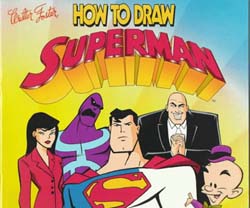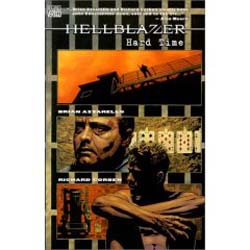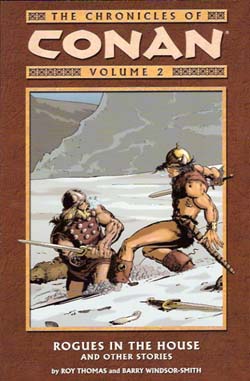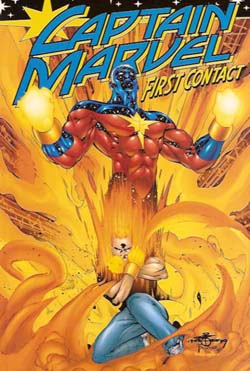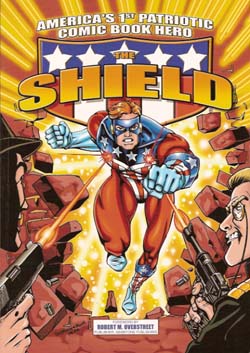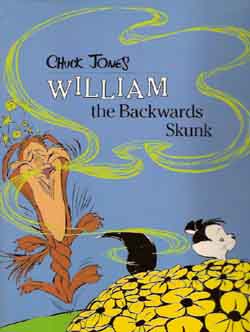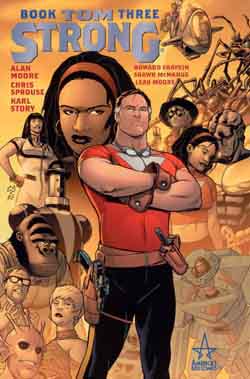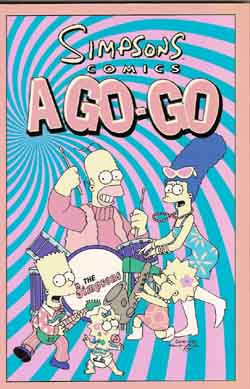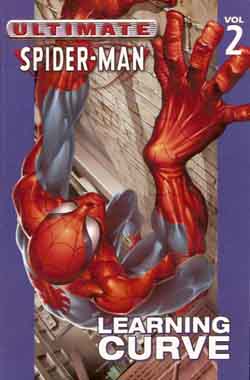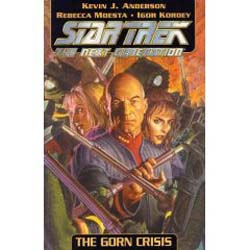
By Kevin J. Anderson, Rebecca Moesta & Igor Kordey (WildStorm)
ISBN 1-56389-754-7
The Star Trek franchise has had many comic book homes. This effort published by DC/WildStorm is set during the period when Deep Space 9 was being broadcast and tangentially informs the seasons-long storyline that featured an intergalactic war between the Federation and its Alpha Quadrant allies on one side and the J’em Haddar warriors of The Dominion on the other.
The Gorn are an aggressive civilisation of Reptiles who appeared in an episode of the original 1960s TV show. It was an adaptation of a classic SF short story by Fred Brown entitled “Arenaâ€, in which Captain Kirk and his Gorn opposite number are selected by a super-advanced race to represent their species in a duel for galactic supremacy. The loser race would be curbed to avoid horrendous and bloody space-war.
A century later the Federation is at war with the Dominion and desperate for allies. Jean-Luc Picard has been dispatched to the Gorn planet to broker an alliance, but the USS Enterprise arrives just as the reptile’s Warrior Caste stages a bloody coup and launches an all-out attack on neighbouring worlds. The way in which Picard, Riker, and all the Next Generation stalwarts act to quell the uprising won’t just dictate how the humans and reptiles will co-exist in the future, it might well decide if they exist at all…
Although not to everybody’s taste, and despite a certain rough hesitancy in Igor Kordey’s fully painted artwork, not to mention a somewhat perfunctory script, this tale does rattle along in the manner Star Trek fans would hope for, and even casual readers will come away with a sense of expectation fulfilled.
© 2000 Paramount Pictures. All rights reserved.

